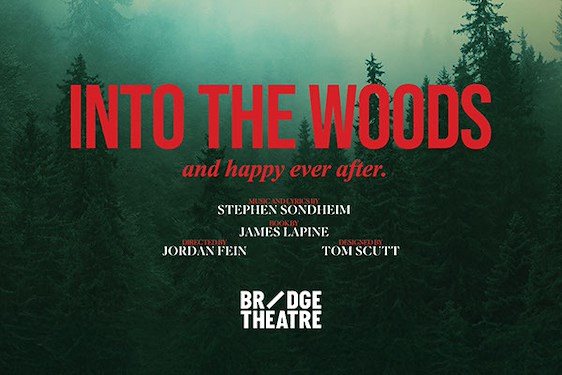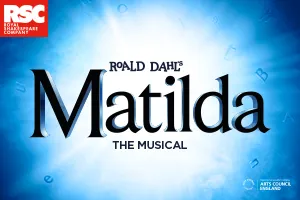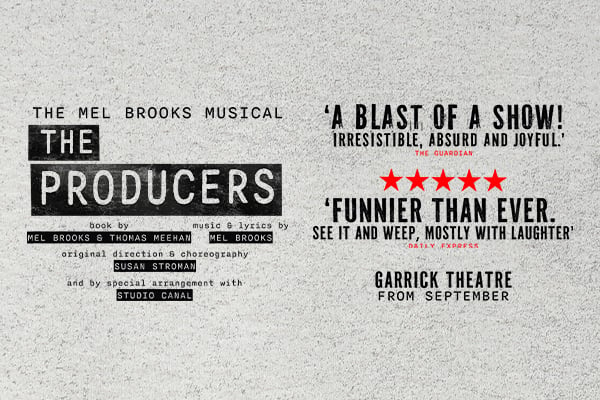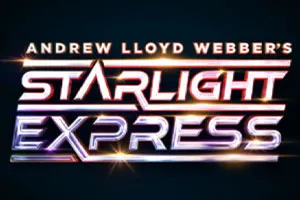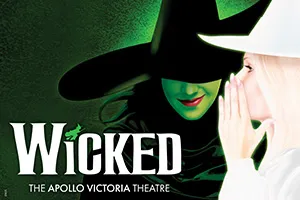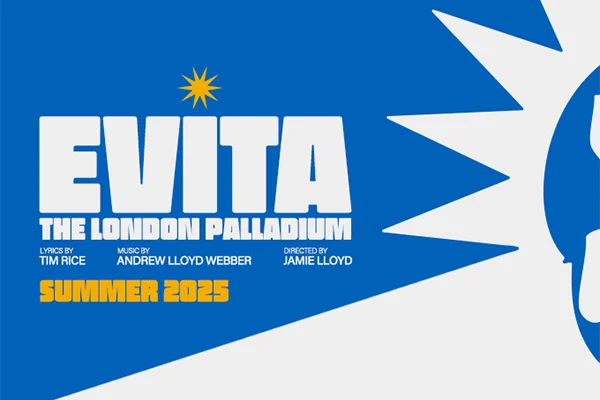This double bill is a treat of depth of talent performing across a huge range of scope – all compressed within a single hour.
Unity of dance concept and music, exciting and intricate choreography, cross-discipline experimentation, and it is full of energy
The first piece is Sketches, where classical string players perform a reimagining of Bach’s famous Violin Concerto in A Minor.
The string musicians are part of the performance, commandingly led by Fay Guiffo, they move across the stage or assemble together, frequently interacting with the dancers. At times the four dancers use chairs and a table to focus on creating geometric shapes with fast moving limbs to mirror the polyphonic music. These personal moments contrast with wider ranging circular patterns as the music changes. The composer, Mariam Rezaei is also onstage, performing electronic instruments. The music excitingly balances familiar and re-worked Bach elements. The final deconstructed mix of Bach’s themes played against a continuous cello (played by Atzi Muramatsu) was particularly mesmerising.
The second piece, Glisk, is a complete change of atmosphere. Inspired by the landscapes of North East Scotland, the word means glimpse (as in a glimpse of light through clouds). With only two dancers, the stage seems to open out from the previous piece; the careering electronic track is played live by Mariam Rezaei and incorporates an expansive range of sounds, including environmental recordings. The dancers seem to have no restrictions. They are dancing to the music, but there is a sense that they are unshackled by it.
There is a real thrill in the energy of Olivia Roach’s and Kate Haughton’s performance as they seem to consume the space of the stage, often independently moving, sometimes synchronised together in duet, at other times apart, but mirroring each other with precision.
These very different dances are choreographed by Kate Armstrong, and although each piece is distinctive, both bills display Armstrong’s interest in the potential of interaction between disciplines. In both, there are sections where the dancers command or contribute to the music – in Sketches, there are moments where, instead of the dancers following the music, the dancers' movements lead the response of the musicians. In Glisk, this idea of dancing as part of the music is particularly noticeable: running footsteps provide percussion; and there is a technological slant in one section, where both dancers strap speakers to their arms. Their movements join the instrumentation with doppler effects or muffling the speakers. (And in addition to what we see in the Fringe, Sketches also has a film project and Glisk has a fine art collaboration.)
This show has impressive unity of dance concept and music, exciting and intricate choreography, cross-discipline experimentation, and it is full of energy: a treat.









